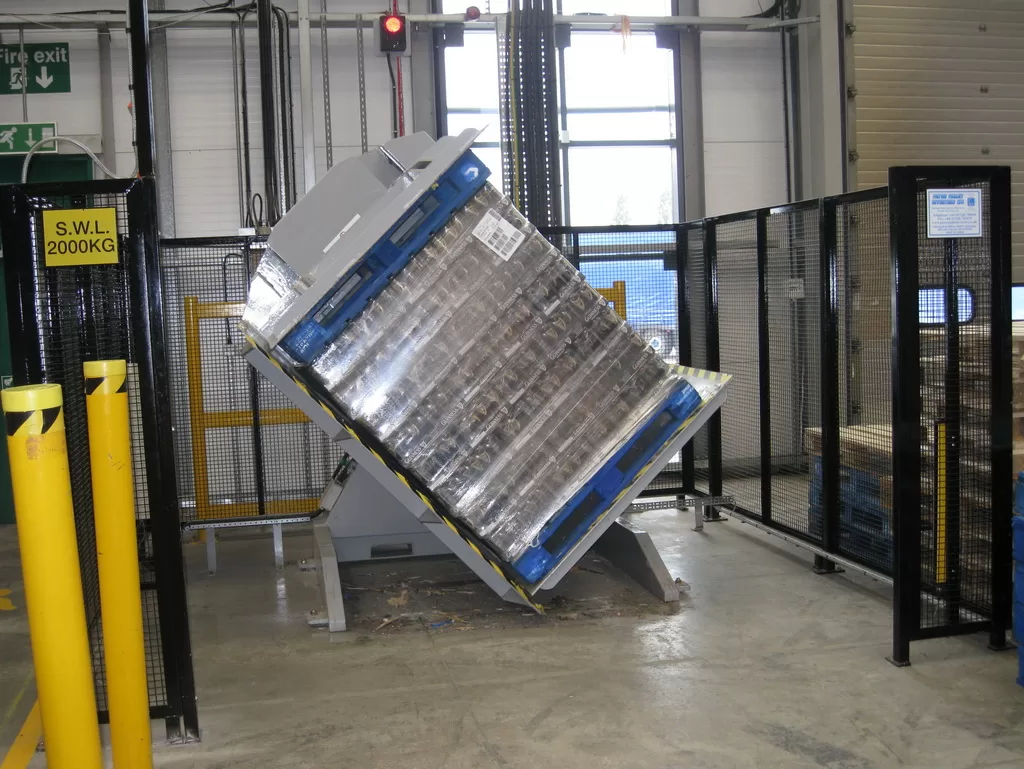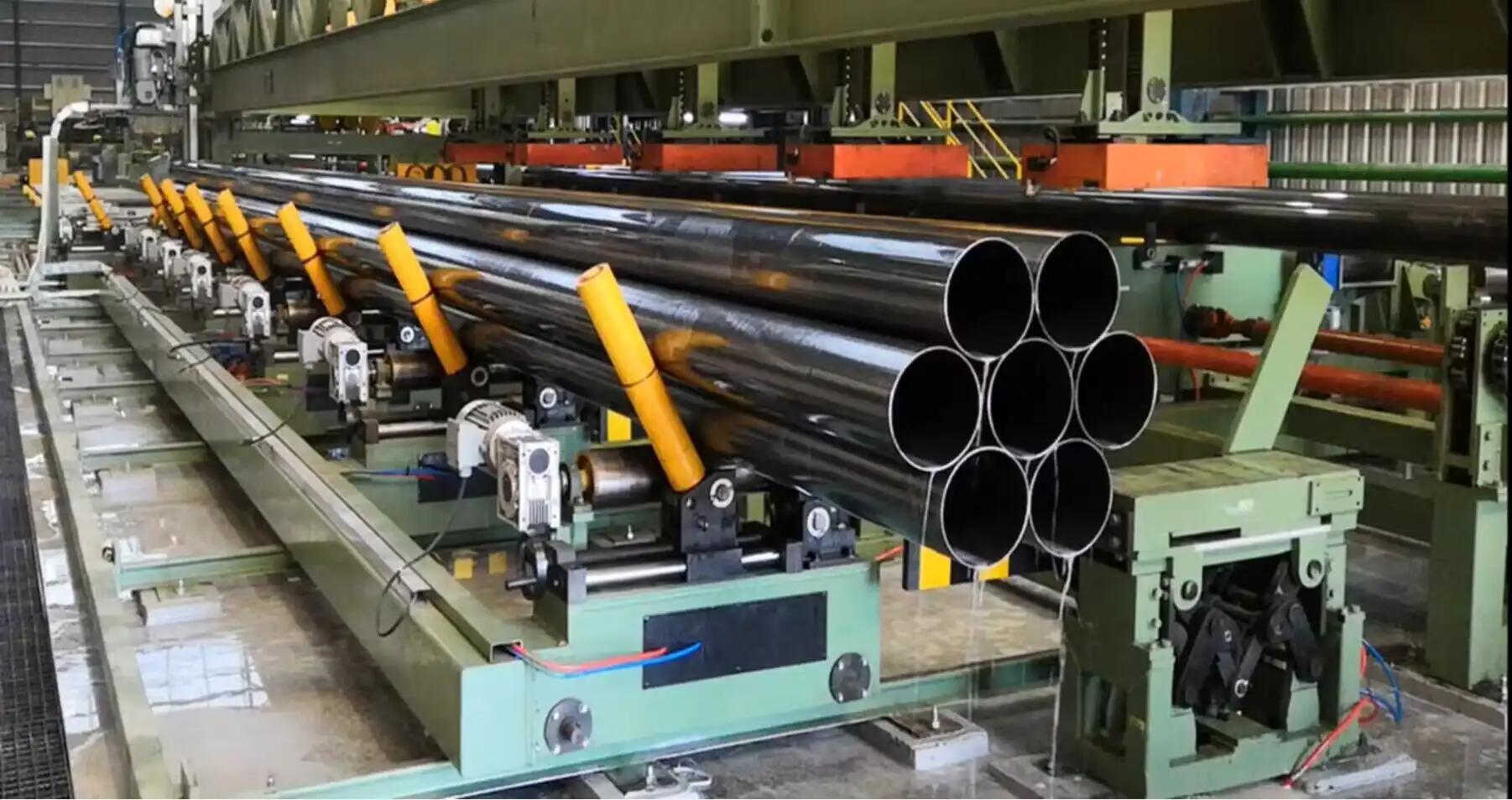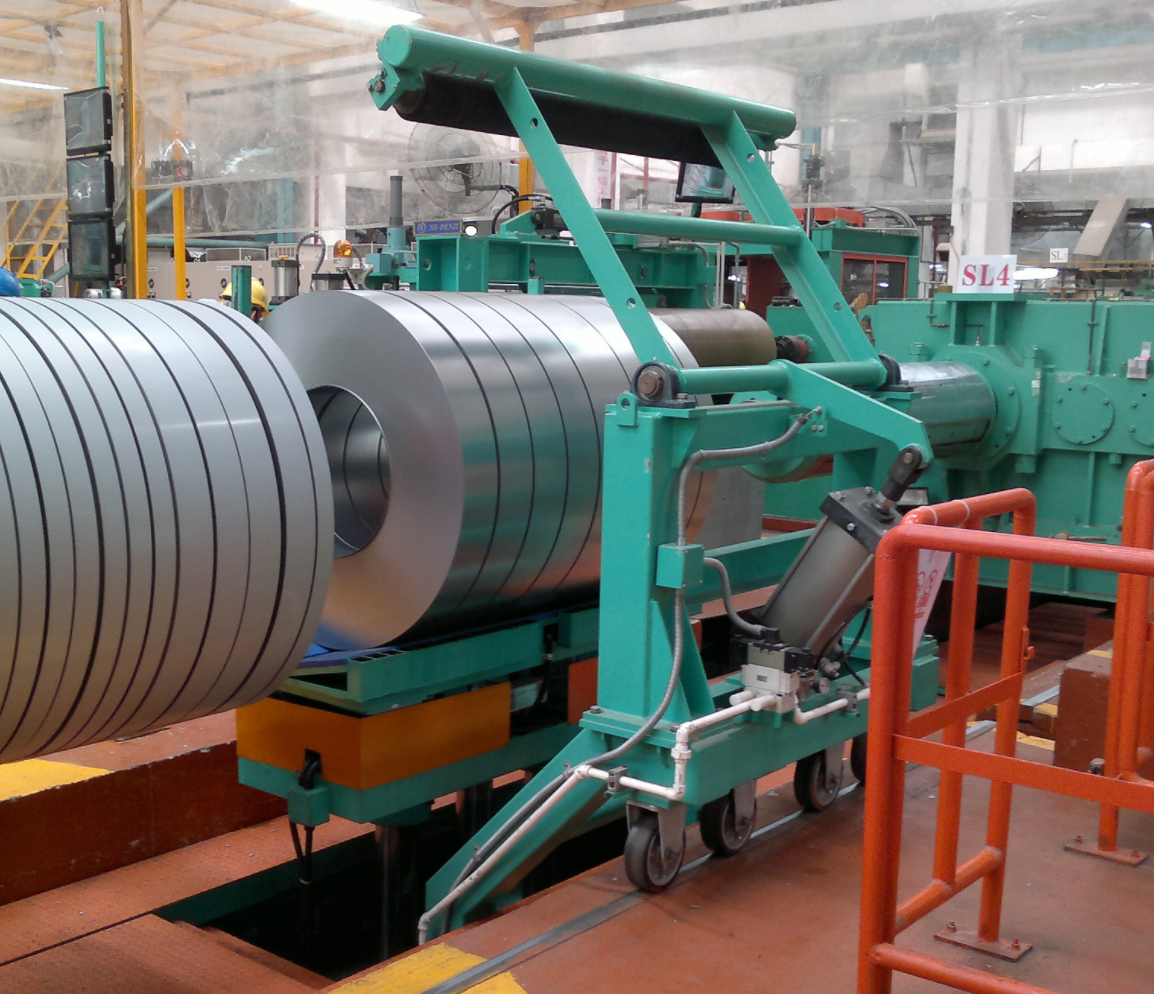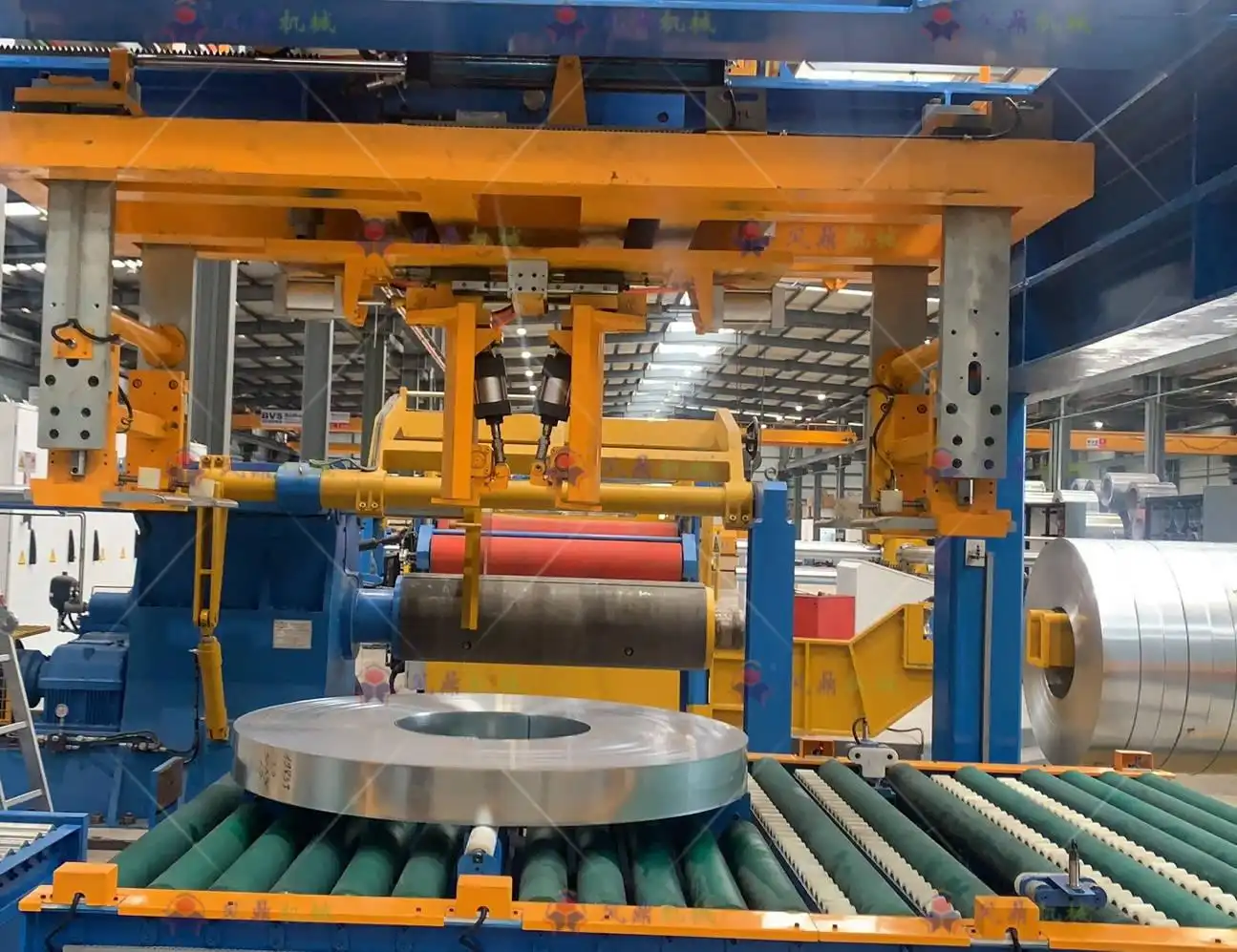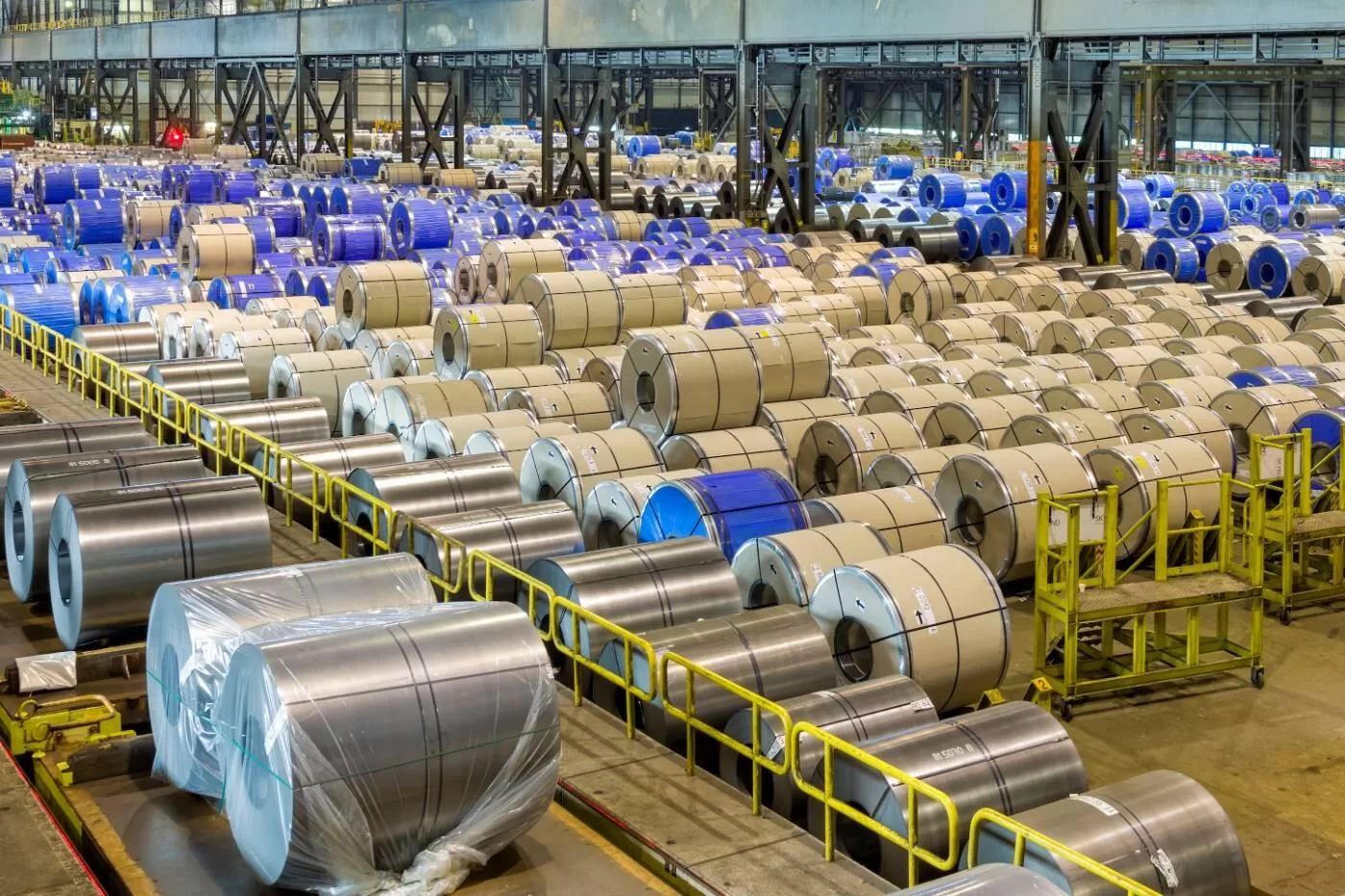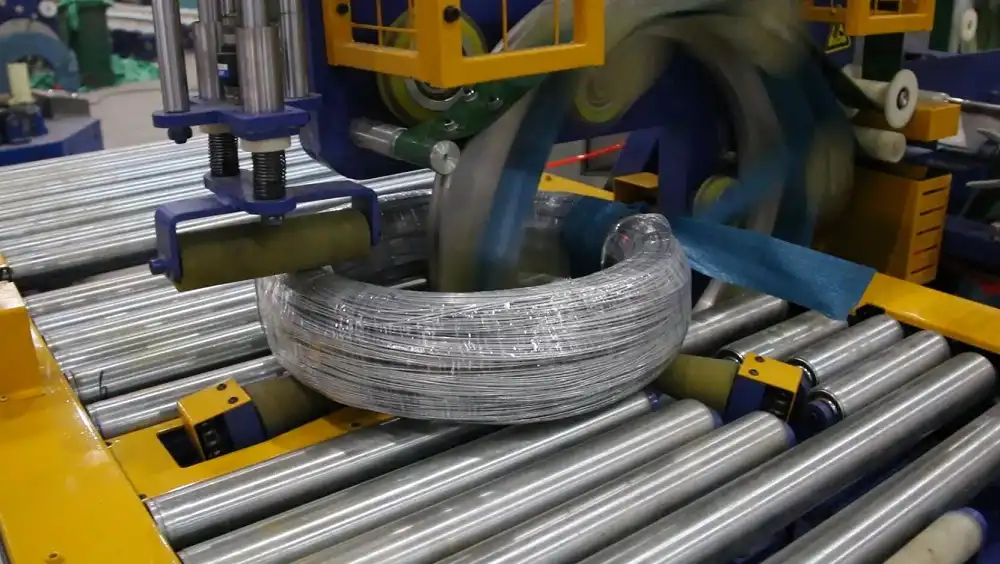How to do data synchronize between the coil packing line and coil stacking system
Are you facing challenges in keeping your coil packing line and coil stacking system in perfect harmony? Misaligned data can lead to production hiccups, wasted resources, and missed deadlines. Imagine a world where these two critical systems communicate flawlessly, boosting your operational efficiency.
Synchronizing data between a coil packing line and coil stacking system involves establishing a real-time data exchange framework. This typically includes integrating control systems, utilizing industrial communication protocols, and implementing a robust database management system to ensure consistent and accurate data flow between the packing and stacking processes.
Bridging the data gap between your coil packing and stacking operations isn’t just about technology; it’s about unlocking a new level of productivity. Let’s explore the essential steps to achieve seamless data synchronization and transform your coil handling process.
Streamlining Coil Handling: The Power of Data Synchronization
Is your coil handling process plagued by inefficiencies and data discrepancies between packing and stacking? Manual data entry and disconnected systems can lead to errors, delays, and increased operational costs. Envision a streamlined workflow where data flows seamlessly, ensuring every coil is perfectly tracked and managed from packing to stacking.
Data synchronization between the coil packing line and coil stacking system is achieved through a connected network of control systems and intelligent software. This involves real-time data exchange on coil dimensions, packing status, stacking location, and inventory levels. By implementing a synchronized system, manufacturers can minimize manual intervention, reduce errors, and optimize material flow, leading to significant improvements in productivity and traceability.
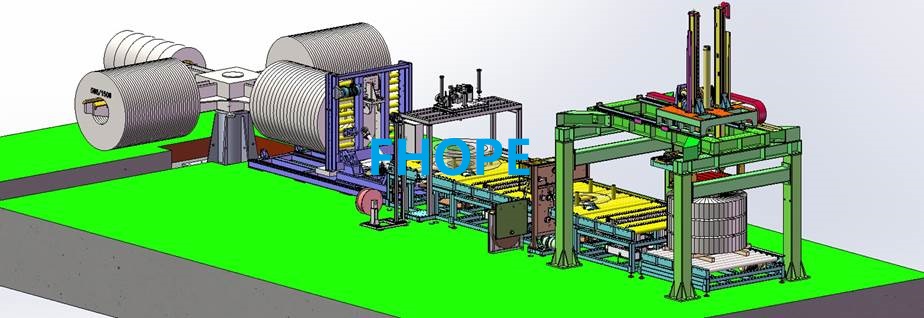
Ready to dive deeper? Let’s unpack the crucial components and strategies that make data synchronization a game-changer for your coil handling operations.
Dive Deeper into Synchronization Strategies
Effective data synchronization is more than just connecting systems; it’s about creating an intelligent ecosystem where information flows bidirectionally and in real-time. To truly understand how to achieve this, let’s break down the key strategies and technologies involved.
1. Integrated Control Systems: The Central Nervous System
At the heart of data synchronization lies the integration of control systems. This means connecting the Programmable Logic Controllers (PLCs) and Supervisory Control and Data Acquisition (SCADA) systems of both the coil packing line and the coil stacking system. A unified control architecture acts as the central nervous system, managing data flow and process coordination.
2. Industrial Communication Protocols: The Language of Automation
Choosing the right communication protocols is paramount for reliable data exchange. Industrial Ethernet protocols like PROFINET, EtherCAT, and EtherNet/IP are commonly used for their speed and robustness in harsh industrial environments. These protocols enable seamless communication between different devices and systems, ensuring data integrity and minimizing latency.
3. Robust Database Management: The Data Repository
A centralized or distributed database management system (DBMS) serves as the repository for all synchronized data. This database stores critical information such as coil IDs, dimensions, material specifications, packing parameters, stacking locations, and timestamps. A well-designed DBMS ensures data consistency, accessibility, and facilitates reporting and analysis.
4. Middleware and APIs: The Integration Bridge
Often, coil packing lines and stacking systems may come from different vendors and utilize different software platforms. Middleware and Application Programming Interfaces (APIs) act as bridges to connect these disparate systems. Middleware can handle data translation and routing, while APIs allow for direct data exchange between applications.
To illustrate the benefits of each strategy, consider the following table:
| Strategy | Technology Examples | Key Benefits | Impact on Synchronization |
|---|---|---|---|
| Integrated Control Systems | PLCs, SCADA, DCS | Centralized control, unified data management | Foundation for synchronization |
| Communication Protocols | PROFINET, EtherCAT, EtherNet/IP | Reliable, high-speed data transmission | Ensures data delivery |
| Database Management System | SQL Server, Oracle, MySQL | Data consistency, storage, and accessibility | Data repository and integrity |
| Middleware and APIs | OPC UA, MQTT, REST APIs | System interoperability, data translation | Bridges system differences |
By implementing these strategies in a cohesive manner, you can build a robust data synchronization framework that significantly enhances the efficiency and accuracy of your coil handling operations.
Real-time Data Exchange: The Lifeline of Synchronization
Are you tired of relying on outdated information and manual updates between your coil packing and stacking processes? Imagine a real-time flow of data that keeps both systems perfectly informed, eliminating guesswork and optimizing every movement. Real-time data exchange is the key to unlocking true synchronization.
Real-time data exchange between the coil packing line and coil stacking system is crucial for dynamic operational adjustments and minimizing delays. This is achieved through technologies like OPC UA, message queuing systems, and high-speed industrial networks. By ensuring immediate data updates on coil status, location, and system conditions, manufacturers can optimize material flow, proactively manage bottlenecks, and enhance overall system responsiveness.
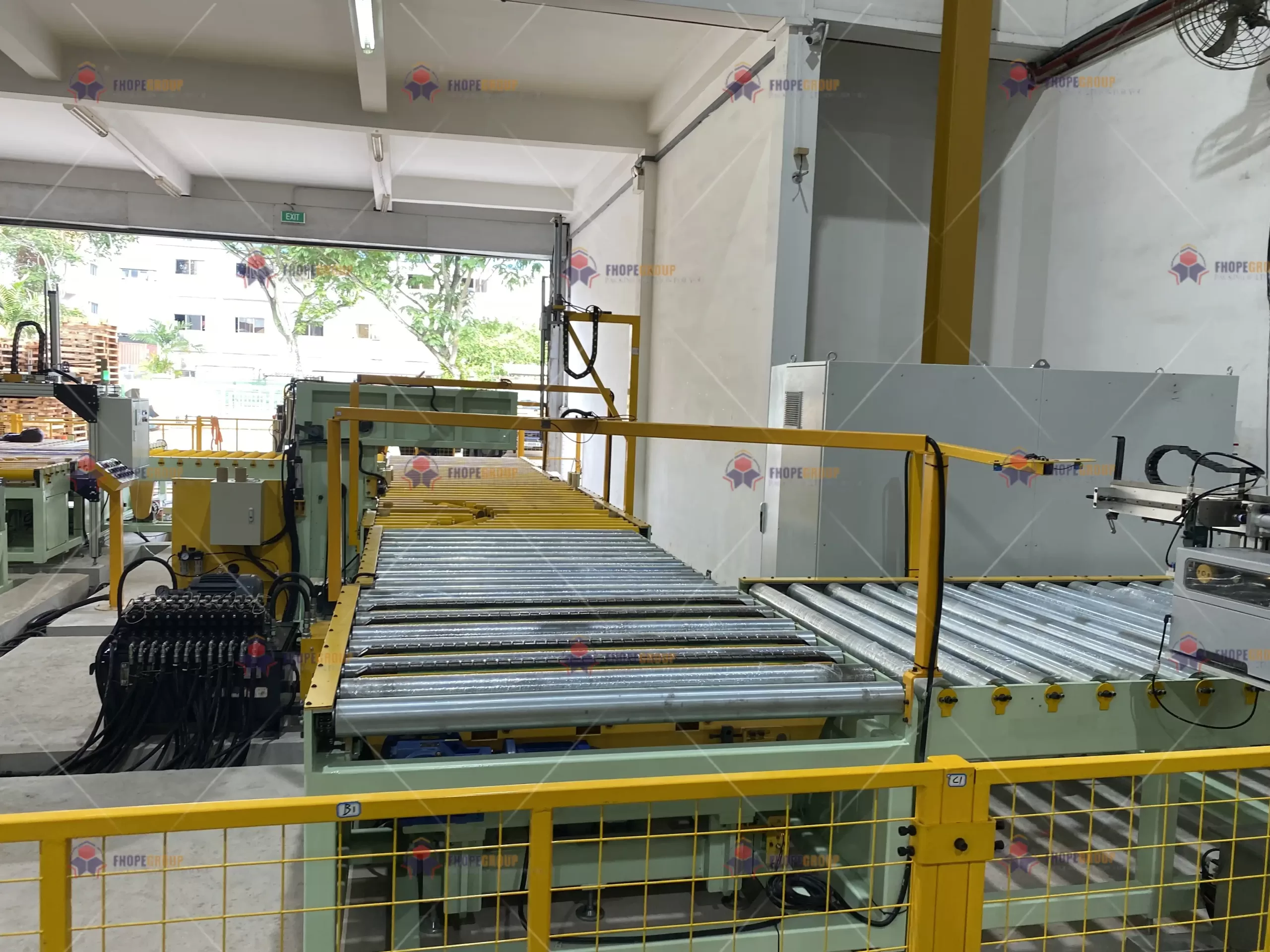
Let’s delve deeper into the mechanisms and advantages of real-time data exchange in synchronized coil handling.
Exploring Real-time Data Mechanisms
Real-time data exchange is not just about speed; it’s about creating a responsive and adaptive system. Let’s examine the core mechanisms that enable this critical functionality:
1. OPC UA (Open Platform Communications Unified Architecture): The Industry Standard
OPC UA has emerged as the leading standard for industrial communication, offering platform independence, security, and semantic interoperability. It allows for real-time data exchange between devices and systems from different vendors. OPC UA’s client-server architecture and robust data modeling capabilities make it ideal for synchronizing complex industrial processes like coil handling.
2. Message Queuing Systems: Asynchronous Data Delivery
Message queuing systems, such as MQTT (Message Queuing Telemetry Transport) and RabbitMQ, provide an asynchronous communication model. They decouple data producers (e.g., packing line sensors) from data consumers (e.g., stacking system controllers). Messages are placed in queues and delivered reliably, even in cases of network interruptions or system downtime. This ensures data integrity and real-time updates.
3. High-Speed Industrial Networks: The Data Highway
The underlying network infrastructure plays a vital role in real-time data exchange. High-speed industrial Ethernet networks with optimized topologies and Quality of Service (QoS) mechanisms ensure low latency and high bandwidth. This is essential for transmitting large volumes of data in real-time and maintaining synchronization accuracy.
4. Event-Driven Architecture: Proactive Data Updates
Event-driven architectures trigger data exchange based on specific events, such as a coil completing the packing process or a stacking location becoming available. This approach minimizes unnecessary data traffic and ensures that only relevant information is exchanged in real-time.
By leveraging these real-time data exchange mechanisms, you can transform your coil packing and stacking systems into a dynamically synchronized operation, significantly improving responsiveness and efficiency.
Data Mapping and Integration: Bridging the Information Gap
Are your coil packing line and stacking system speaking different data languages? Disparate data formats and inconsistent information can hinder synchronization and lead to errors. Imagine a unified data landscape where information is seamlessly translated and shared, ensuring perfect alignment between packing and stacking.
Data mapping and integration are essential steps in synchronizing coil packing and stacking systems. This involves identifying and mapping relevant data points between the two systems, such as coil IDs, dimensions, quality parameters, and location information. Integration often requires middleware or custom interfaces to translate data formats and ensure consistent data interpretation across both systems, creating a unified information flow.

Let’s explore the critical aspects of data mapping and integration to bridge the information gap and achieve seamless synchronization.
Mastering Data Mapping and Integration Techniques
Effective data mapping and integration require a meticulous approach to ensure data accuracy and consistency. Here’s a breakdown of key techniques:
1. Data Point Identification and Definition
The first step is to identify all relevant data points that need to be synchronized between the coil packing line and the coil stacking system. This includes:
- Coil Identification (ID): Unique identifier for each coil.
- Coil Dimensions: Length, width, height, diameter, and weight.
- Material Specifications: Grade, type, and quality parameters.
- Packing Parameters: Packing type, materials used, and strapping details.
- Stacking Location: Bay, row, and tier in the stacking system.
- Status Information: Packing status, stacking status, and inventory status.
- Timestamps: Timestamps for each process step for traceability.
Each data point should be clearly defined with its data type, format, and units to ensure consistent interpretation.
2. Data Mapping and Transformation
Once data points are identified, the next step is to map corresponding data fields between the packing line and stacking system databases. This often involves data transformation to handle differences in data formats, units, or coding schemes. For example, a coil dimension might be stored in millimeters in one system and inches in another, requiring unit conversion during mapping.
3. Middleware and Interface Development
Middleware platforms or custom software interfaces are often necessary to facilitate data integration. Middleware can handle complex data transformations, protocol conversions, and data routing. APIs can be developed to enable direct data exchange between specific applications. Choosing the right integration approach depends on the complexity of the systems and the level of customization required.
4. Data Validation and Error Handling
Robust data validation and error handling mechanisms are crucial to ensure data integrity. Data validation rules should be implemented to check for data completeness, accuracy, and consistency. Error handling procedures should be defined to manage data integration failures and prevent data corruption.
By meticulously planning and executing data mapping and integration, you can establish a unified data landscape that enables seamless synchronization between your coil packing and stacking operations.
Feedback Loops for Continuous Optimization
Is your data synchronization system a one-way street? Passive data flow limits your ability to optimize processes and adapt to changing conditions. Imagine a dynamic system with feedback loops that continuously learns and improves, driving peak efficiency in your coil handling.
Implementing feedback loops between the coil packing line and coil stacking system is essential for continuous process optimization. Data from the stacking system, such as stacking time, space utilization, and retrieval efficiency, can be fed back to the packing line control system. This feedback allows for adjustments in packing parameters, scheduling, and material flow to optimize overall throughput and resource utilization, creating a self-improving system.
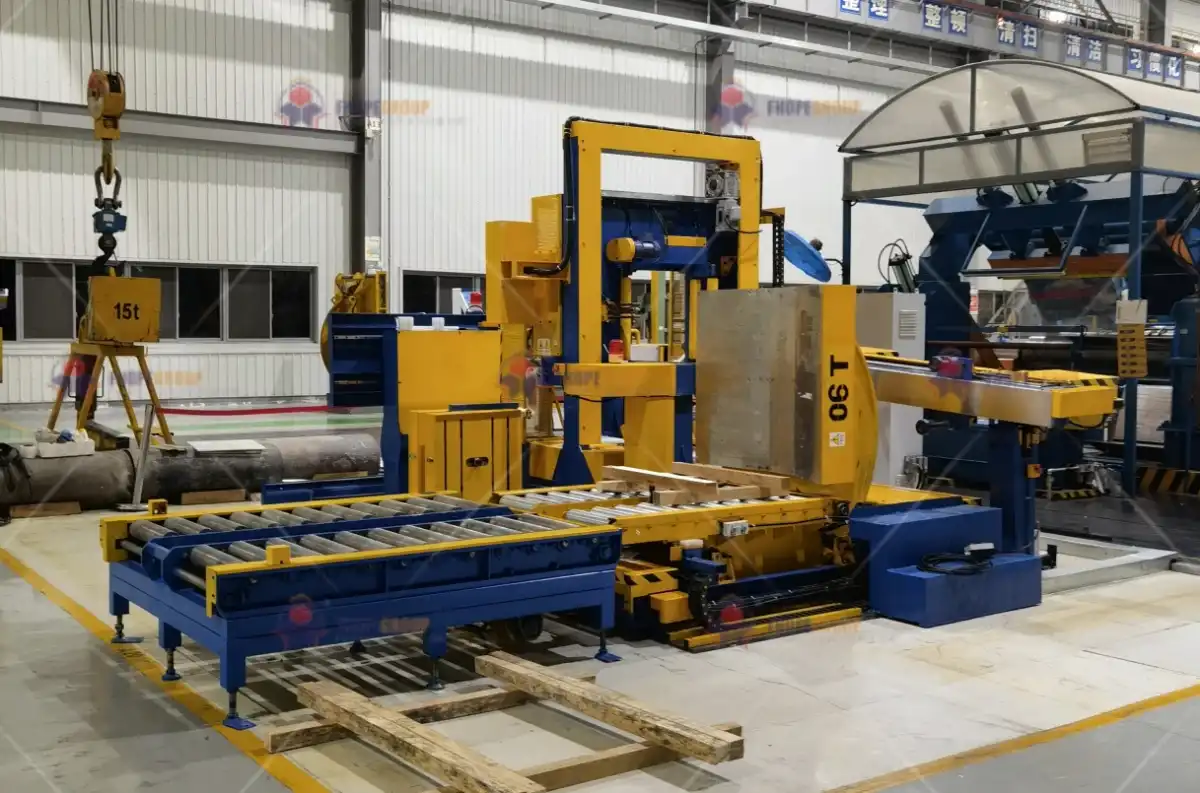
Let’s explore how feedback loops can transform your synchronized coil handling system into a continuously optimizing operation.
Building Intelligent Feedback Mechanisms
Feedback loops are the engine of continuous improvement in synchronized systems. Here’s how to build effective feedback mechanisms in your coil packing and stacking operations:
1. Key Performance Indicator (KPI) Identification
Define relevant KPIs that reflect the performance of both the packing and stacking systems and their interaction. Examples include:
- Throughput: Coils packed and stacked per hour.
- Packing Time: Time taken to pack each coil.
- Stacking Time: Time taken to stack each coil.
- Space Utilization: Percentage of stacking space occupied.
- Retrieval Efficiency: Time taken to retrieve a coil from stacking.
- Error Rate: Number of errors in packing or stacking processes.
- Downtime: System downtime due to synchronization issues.
2. Data Collection and Analysis
Implement systems to collect data on these KPIs in real-time. This data can be gathered from sensors, PLCs, SCADA systems, and database logs. Analyze the collected data to identify trends, bottlenecks, and areas for improvement. Data analytics tools and dashboards can provide valuable insights.
3. Feedback Control Loops
Design feedback control loops that use the analyzed data to automatically adjust system parameters. For example:
- Stacking Space Feedback: If stacking space utilization is high, the packing line can adjust packing density or prioritize smaller coils.
- Stacking Time Feedback: If stacking times are increasing, the packing line can adjust coil release rates or packing configurations to improve stackability.
- Error Rate Feedback: If error rates in a specific packing type are high, packing parameters can be adjusted, or operators can receive targeted training.
4. Continuous Monitoring and Refinement
Feedback loops require continuous monitoring and refinement. Regularly review KPI data, analyze feedback loop performance, and adjust control parameters to optimize system behavior over time. Implement a process for continuous improvement and adaptation to changing operational needs.
By integrating intelligent feedback loops, you can transform your synchronized coil packing and stacking system into a self-learning and optimizing operation, driving sustained efficiency gains and operational excellence.
Conclusion
In conclusion, achieving effective data synchronization between the coil packing line and coil stacking system is a strategic imperative for modern coil handling facilities. By focusing on integrated control systems, real-time data exchange, robust data mapping, and intelligent feedback loops, manufacturers can unlock unprecedented levels of efficiency, accuracy, and responsiveness in their operations. Investing in a well-designed and implemented [coil packing line] system is not just a technological upgrade; it’s a pathway to optimized coil management and a competitive edge in the industry.

